USDA
Do you have any thoughts on this post?
New under-the-radar administration policies would alter public land management, and this has major implications for hunting and fishing
Efforts to dispose of public lands may grab headlines, but a subtle shift in the management of public lands could present an even greater risk to the future of hunting and fishing. With the spotlight shining brightly on recent proposals to sell off our public lands, the White House and the Department of the Interior quietly set policies in motion last month that have the potential to change the way our public lands are managed.
In tandem, Executive Order 13873 and Secretarial Order 3349 would initiate a few specific processes that could change the way public lands wildlife habitat is valued and managed, especially when it’s at odds with energy development. All Americans—including sportsmen—depend on energy resources, but we want to see development carried out in a balanced way, not at the expense of fish and wildlife habitat or our best hunting and fishing areas.
There are absolutely ways to ensure all of the above, but these orders have the potential to put at risk the critical balancing act carried out by the BLM and other federal agencies. Here’s how.
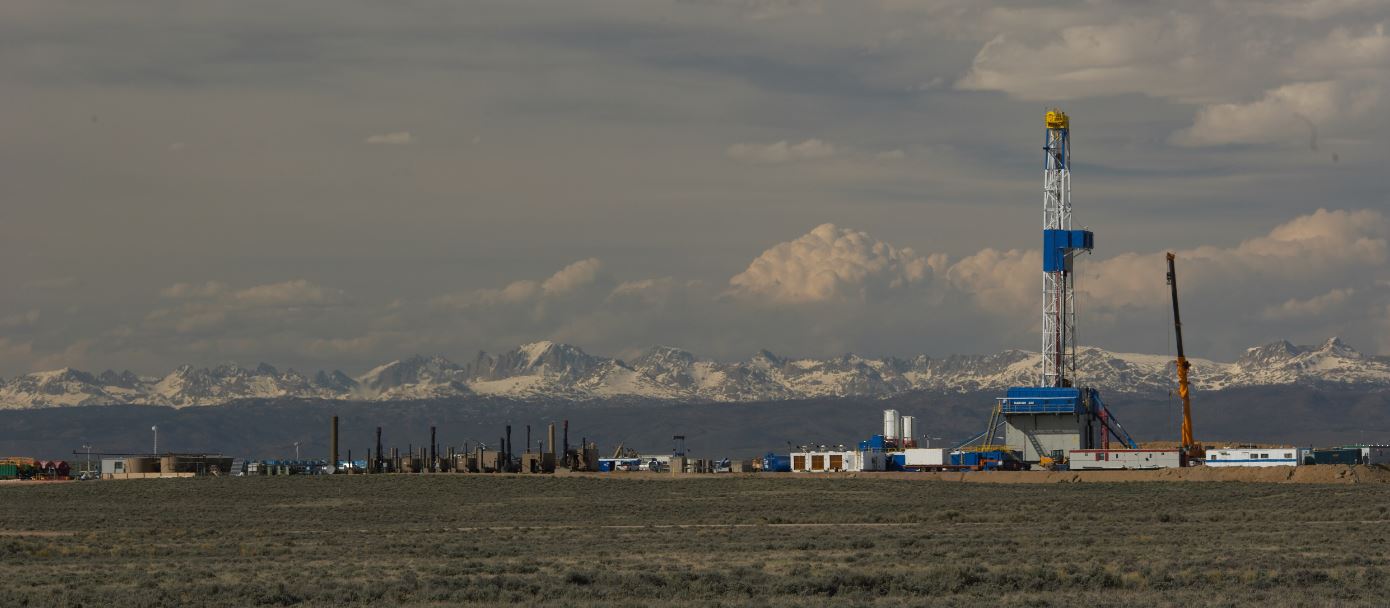
Mitigation has long been used to accommodate development in ways that avoid or minimize impacts on important resources like wildlife habitat, and then compensate for unavoidable impacts. Mitigation has been used to avoid or minimize the fragmentation of mule deer winter range from energy development, for example. In some cases, if habitat suffers while accommodating energy development, funds from resource extraction are then put back into conservation of habitat, there or elsewhere.
These executive and secretarial orders eliminated the existing department-wide policy for mitigating impacts to wildlife from development on public lands. They also set a process for evaluating, replacing, or eliminating agency actions taken to implement mitigation. Without good mitigation policies, assurances for fish and wildlife get thrown out the window and accountability for maintaining habitat becomes an afterthought, rather than a requirement.
Energy development should be balanced & not at the expense of fish & wildlife habitat... Share on XSecond, these two orders establish a process for all federal agencies—including the BLM—to review all existing policies to identify potential “burdens” on energy development. The agencies have been ordered to make recommendations for changing or rescinding policies to remove those burdens, though what exactly constitutes a burden is subject to interpretation. Could it be that managing world-class big-game habitat or outstanding wild-trout streams are perceived as a burden to an energy developer? And, if so, would balanced land management as we know it be altered so that developers can do as they please without being ‘burdened’? Only time will tell.
Reviewing policies in an attempt to eliminate unnecessary regulations and increase efficiencies is one thing, but sportsmen and women will not support actions that undo the fish and wildlife conservation achievements our community has worked for decades to achieve. We are hopeful that a balance can be found.
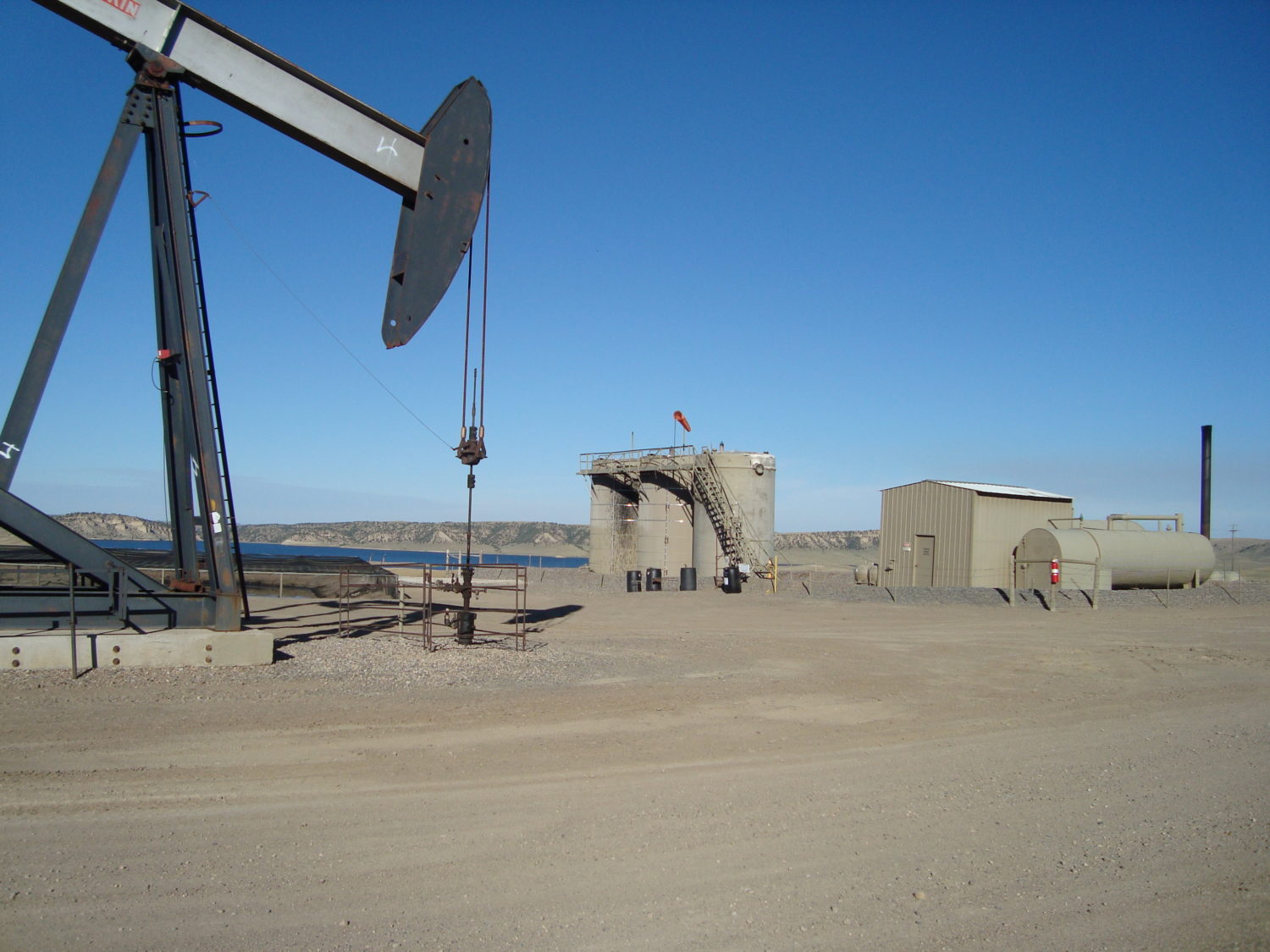
At TRCP, we’re on the front lines to sound the alarm on sweeping threats to public lands, like H.R. 621 and other legislative attacks. But it’s not enough to keep public lands in public hands if wildlife habitat and outdoor recreation do not rank with energy development or other uses of the land. Executive Order 13873 and Secretarial Order 3349 were introduced with little fanfare, and with so much of the sportsmen’s community focused only on the most outrageous and obvious public land issues, low-profile actions like these are more likely to fly under the radar and become foundational policies.
Don’t let that happen. Not every threat will come with a catchy hashtag or fit nicely on a bumper sticker, but your voice will be just as critical in the fight against these subtle policy moves. And TRCP will be there to let sportsmen and women know when there’s a chance to take action.
It’s hard to ignore the urgent need for solutions when small business owners and voters who love to fish are standing in your office
Water flow problems in the Everglades are complex, and Florida’s $7.6-billion recreational saltwater fisheries depend on fixing them. Science points us to clear solutions—simply move water south—but politics are hardly ever that easy.
We can’t move mountains alone, and redirecting hundreds of billions of gallons of water demands support from lawmakers. Florida’s fisheries are being destroyed and politicians have failed to enact solutions—but anglers are mobilizing like never before. We’re willing to do anything to save our precious water.
Science has told us what we need to know. Now it’s our turn to do the talking.
That’s why I was honored to help convene more than 500 sportsmen and women in Tallahassee, Florida, last week for the Now Or Neverglades Sportfishing Day. Their passionate voices, sharing personal stories and asking legislators for help, were an instrumental force for change. In fact, Florida’s Senate took a major step towards moving water south by passing S.B. 10 the very next day.
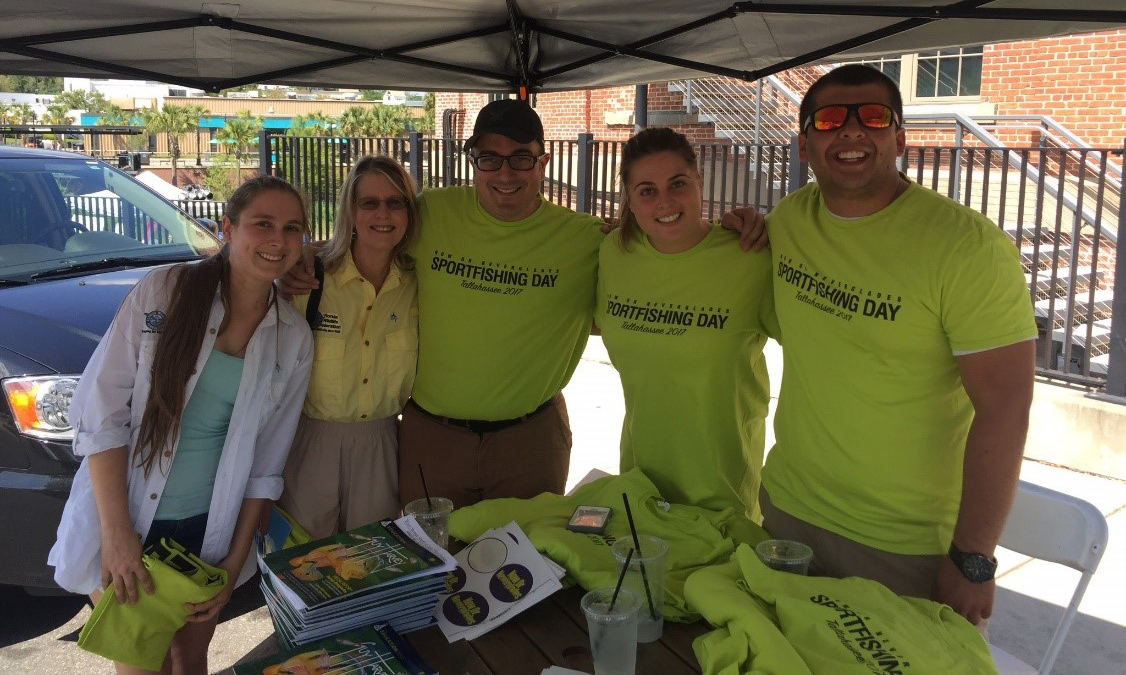
On the whole, anglers and other stakeholders met with more than 50 representatives, working the halls of Florida’s Senate and House of Representatives. We spoke with, not at, lawmakers about what Florida’s water means for our way of life, our businesses, our state, and our people. Alongside the Everglades Foundation and other key groups, we broke up into lobbying teams, and my group of eight became a tight operating unit as we shared our perspectives and listened to legislators in turn.
Our voices, stories, and passion have the power to sway politics—and save a treasured fishery. Share on XFor me, and I think for many of those with whom we met, the most powerful voices were the youngest among us. A brother-sister duo, eleven and nine years old respectively, spoke with a purity that punched through the politics. In one meeting, the nine-year-old daughter of a small boat parts business owner moved everyone—including the legislator—to tears when she talked about how much she loves her daddy and doesn’t want him to lose his business.
Our Florida legislators and their aides listened to our stories and proposed solutions. Mutual respect and empathy grew as the day went on.
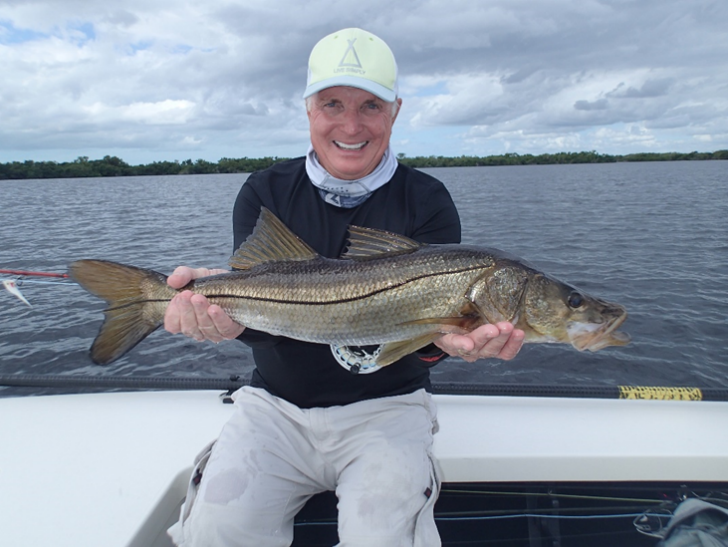
On April 12, one day after our meetings, the Florida Senate made the right decision by passing S.B. 10, which begins the process of sending Lake Okeechobee waters south. We won by a landslide, 36-3, and now the companion bill must pass in the Florida House of Representatives. We are confident knowing that our faces and stories will be in their minds when that time comes.
While final passage of the bill would be a huge win for Florida’s recreational saltwater anglers, this is only the first step toward blocking toxic discharges from Lake Okeechobee and restoring the flow of clean fresh water to the Everglades and Florida Bay. There’s more work to be done.
We can have all the science and gather all the numbers, but at the end of the day, this is what matters: Our voices, our stories, and our heartfelt passion have the power to sway politics, move mountains, and, yes, save one of the most treasured fisheries in the world.
You don’t have to travel to the Capitol Building to make your voice heard. If you live in Florida, write or call your state representatives and tell them your story. And if you haven’t already, sign the Now or Neverglades Declaration to urge decision makers to fix Florida’s recreational fisheries.
How hunters and anglers are helping to shape the future of more than 600,000 acres—including gold-medal trout streams and some of the best of the backcountry—in Colorado, and why these public lands are so critical
Public lands in Colorado’s lower Arkansas River drainage are where you’ll find healthy and huntable populations of Rocky Mountain bighorn sheep, mule deer, elk, turkeys, pronghorn antelope, and many other iconic Western game animals. As a lifelong sportsman and the TRCP staffer working most closely with the BLM in the region, I’ve personally witnessed the critical balance required to manage these public lands for all of their many values. BLM-managed lands near La Veta Pass and the Southern Sangre de Cristo Range are about as wild and remote as Colorado gets. And more than a thousand elk congregate each winter around the James Mark Jones State Wildlife Area in South Park, where interest in oil and gas development has also increased.
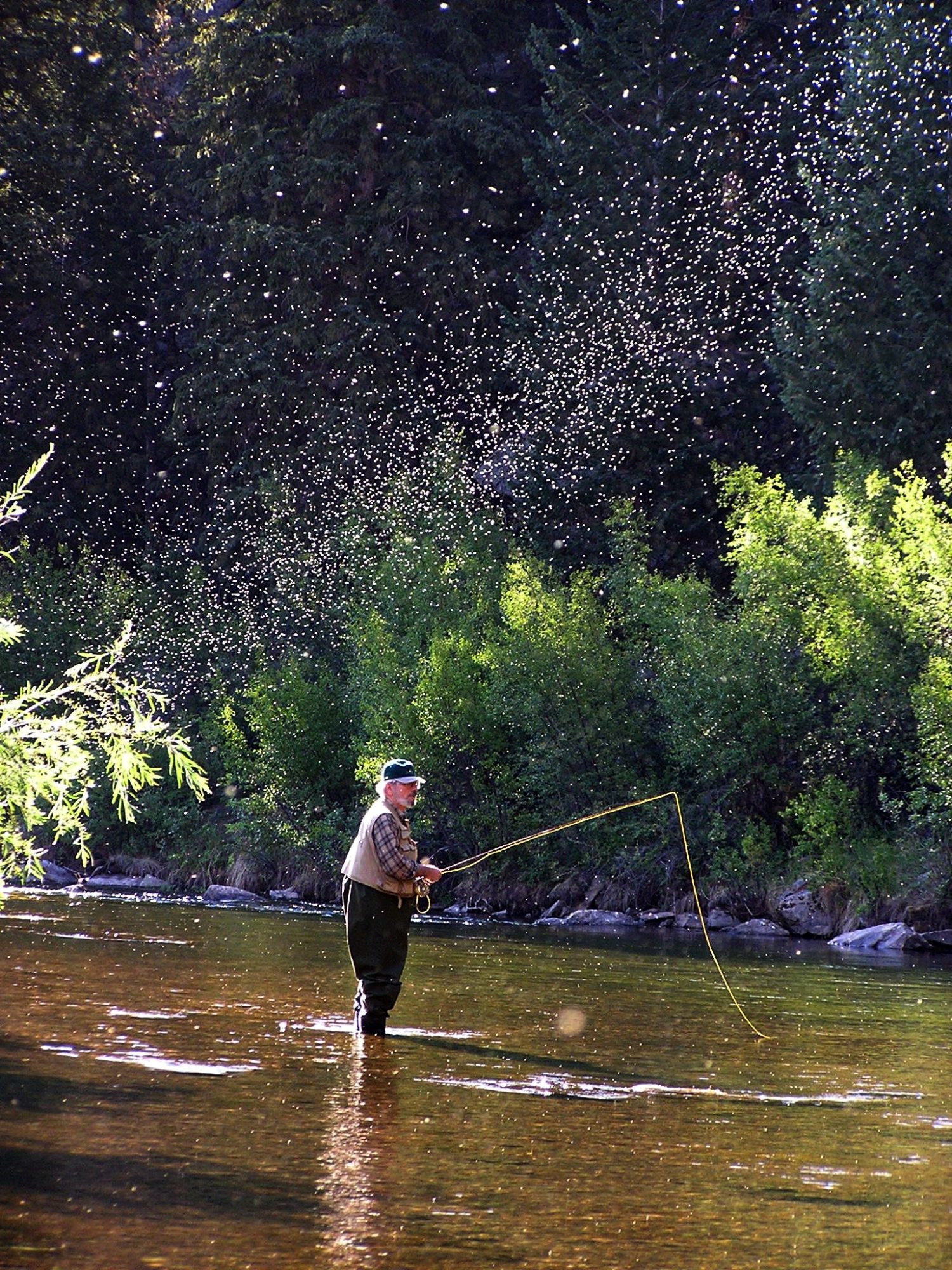
Balancing energy development with the needs of fish and wildlife is personal to local sportsmen, because these places and critters are entwined with our memories in the outdoors. I’ve pulled rainbow and brown trout from nearly every section of the Arkansas River, from Pueblo Reservoir all the way up to the Hayden Flats and tributaries fed by high-elevation runoff. Trout and walleye from the South Platte drainage have landed on my plate more often than any meat from my local grocer. I’ve ice fished in South Park, pulled walleyes from Front Range reservoirs, and chased cutthroats from within the Pike National Forest. This week I’m heading down to Huerfano County, and if I’m lucky, I’ll take a gobbler.
These public lands mean a hell of a lot to me, but their future actually depends on you.
The value of lands managed by the BLM’s Royal Gorge Field Office cannot be understated, and right now they need your help. Sportsmen have a once-in-a-few-decades chance to be part of the public process that determines how 668,000 acres of these lands will be used for the next 20 years.
This plan covers nearly all of eastern Colorado’s public lands. All BLM lands east of the Sangre de Cristo’s coming out of New Mexico, north through central Colorado, and all the way up to Wyoming are included. So, it is a big deal.
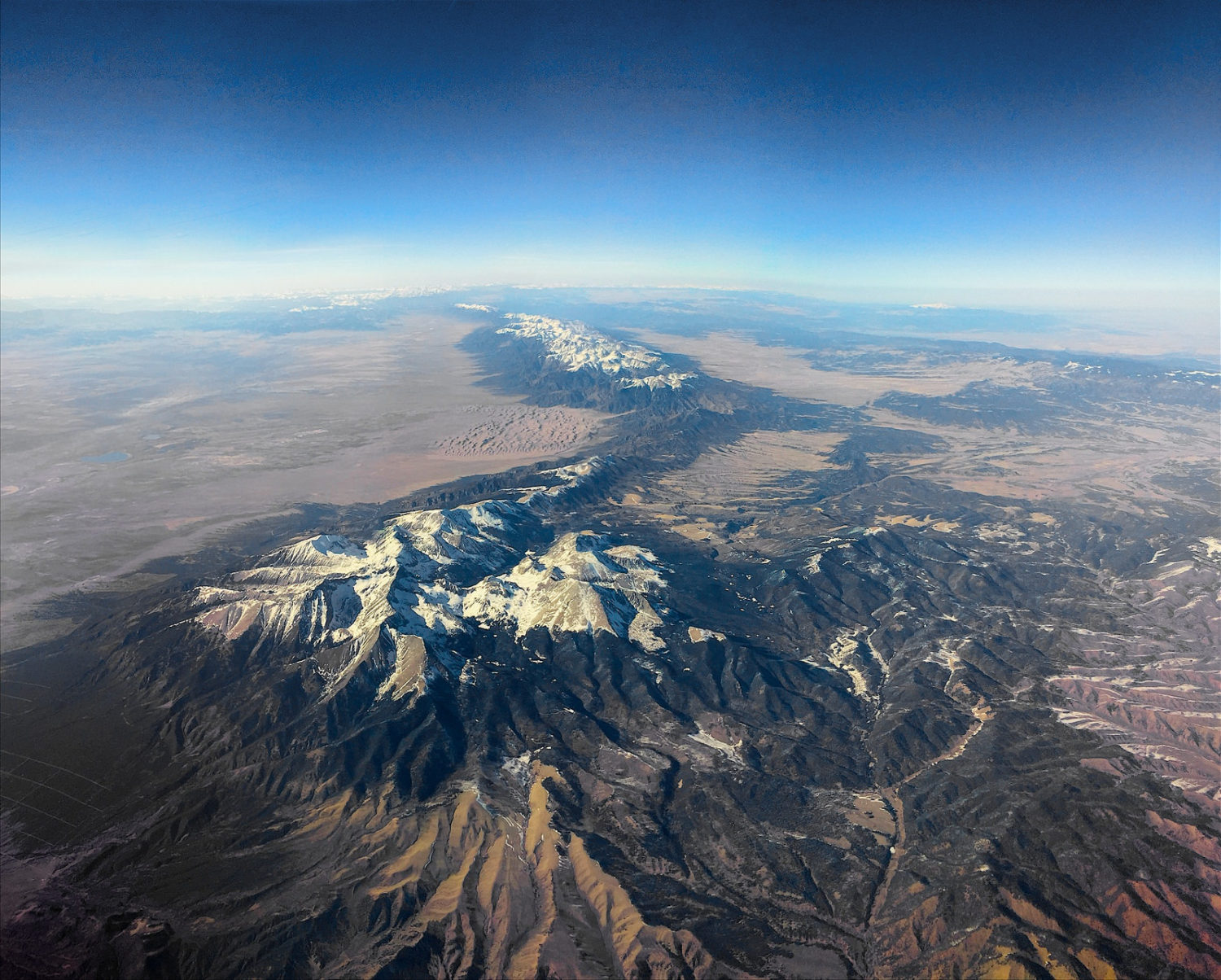
Initial discussions on these plans began as early as eight years ago, but right now is the first chance for the public to comment on the BLM’s proposed alternatives. Since the very first conversations about how best to balance all the demands on these lands, a lot has changed, but the objective to keep them open to a backcountry turkey hunter or a herd of elk trying to make it through the tough winter months has, and must, remain. The BLM has done a good job so far on this plan, and we need to make sure positive elements of the proposal continue moving forward, while addressing parts of the plan that need attention.
Balancing energy development w/ the needs of fish & #wildlife is personal to local #sportsmen in CO. Share on XThe biggest benefit of the proposal may be a focus on the future management of BLM lands that provide world-class recreation opportunities and habitat for Rocky Mountain bighorn sheep, mule deer, elk, pronghorn sheep, wild trout, and a multitude of other critters. Some specific areas have been recommended by sportsmen for management as Backcountry Conservation Areas and are proposed for consideration in the BLM preliminary draft management plan. Altogether, these comprise about 120,000 acres of BLM public lands that would continue to provide hunters and anglers with high-quality, year-round recreation opportunities and provide wildlife managers with the flexibility needed to sustain top notch habitat. If we stay the course and these proposals are adopted, we’d be guaranteed responsible and balanced land management in the best of the backcountry—a very positive outcome for hunters and anglers.
Our goal is within reach, but first, the BLM needs to hear from you. Whether you see yourself fishing on the Arkansas River, calling in turkeys on crisp spring or fall mornings, or hunting elk, deer, or antelope in the fall, these lands and the opportunities they provide us are worth fighting for.
Take action now. (We promise, it’s really easy!)
Sportfishing groups pushing for Everglades restoration projects are on the edge of a breakthrough—here’s why captains, guides, and anglers are in Florida lawmaker offices this week, instead of on the water
Right now, representatives from TRCP, Bonefish & Tarpon Trust, and other conservation groups are in Tallahassee meeting with legislators from all parts of Florida to rally support for much-needed solutions for Everglades fisheries. Captains, fishing guides, and anglers have come together to remind lawmakers how important Florida’s waters and estuaries are to our small businesses and quality of life.
After years of effort from many partners in the Now or Neverglades coalition, Everglades restoration and a revamped system of water management could finally become a reality. In fact, the important question of water storage south of Lake Okeechobee will be decided in the Florida Legislature over the next eight to ten weeks—a major milestone was reached just yesterday, when the State Senate passed a bill that calls for the construction of a reservoir south of Lake Okeechobee to curb harmful discharges to the St. Lucie and Caloosahatchee rivers. Next, a companion bill will be considered by the House of Representatives.
The issue is as complex as the Everglades ecosystem, but there’s a reason our coalition’s name represents urgency—we need to expedite a fix for Florida’s water management practices to help save the state’s recreational saltwater fisheries, worth $7.6 billion annually. Here’s what you need to know and what you can do to help.
BTT launched the Fix Our Water initiative in 2016 to raise awareness and engage anglers and the fishing industry around efforts to reverse Florida’s ongoing water crisis. “Water defines our state, from the longest coastline in the contiguous U.S. to some of the country’s most unique freshwater systems,” says Jim McDuffie, president of BTT. “Ensuring clean, abundant, natural flows is the only way we can sustain balance in our ecosystems, ensure the health of our communities, and keep Florida among the top fishing destinations in the country.”
Although water mismanagement is causing problems throughout the state, the region suffering the greatest damage to its recreational fisheries is South Florida. Historically, freshwater from Lake Okeechobee flowed south through the Everglades via the River of Grass. This natural “sheet flow” ensured that Florida Bay received the optimum amount of freshwater, supporting healthy habitats and fisheries.
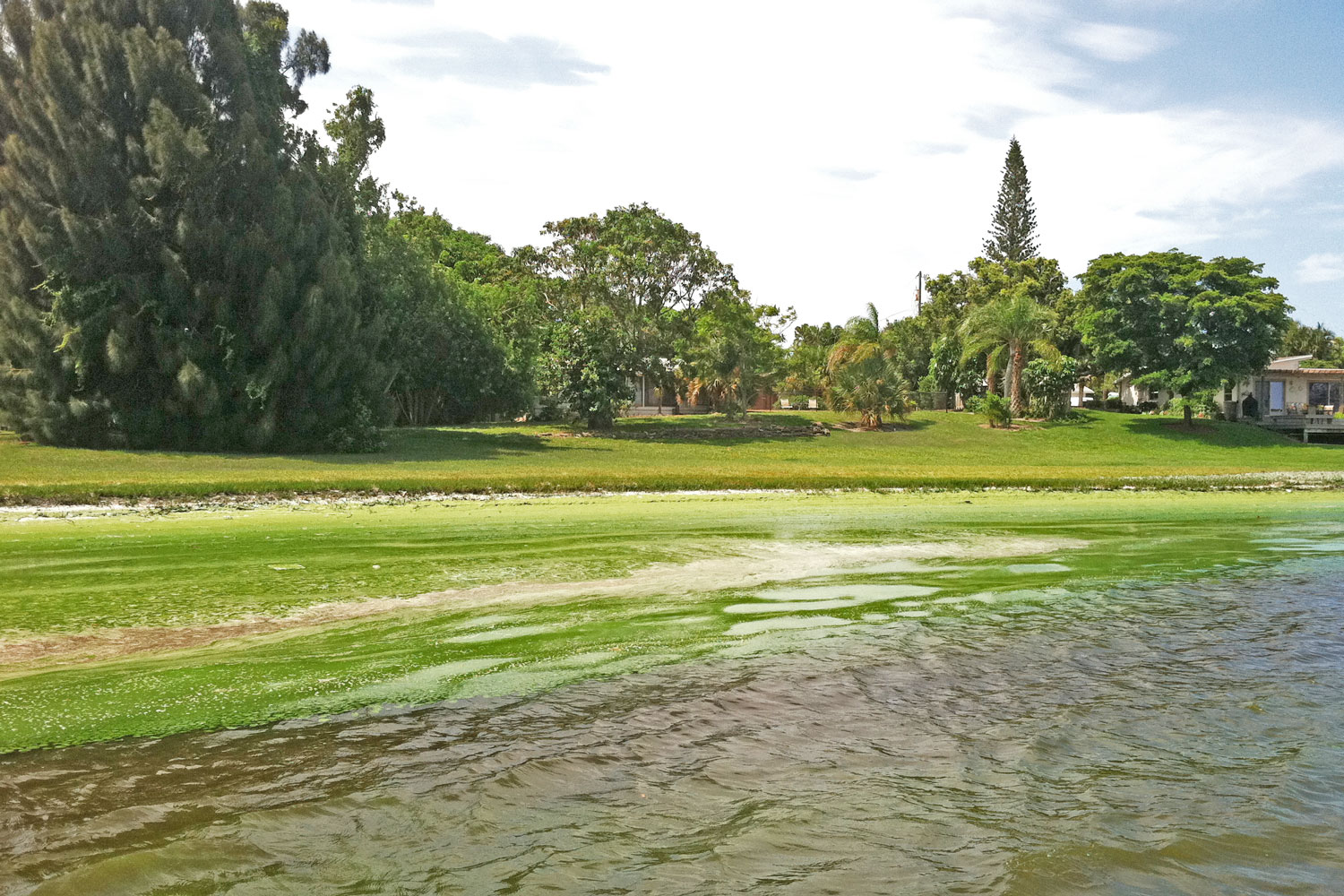
But, today, the Herbert Hoover Dike, which was constructed on Okeechobee to prevent flooding and allow for agricultural development in the region, impedes these southerly freshwater flows, choking the Everglades and making the waters of Florida Bay too salty. This salinity imbalance, combined with too many nutrients from runoff, has resulted in expansive algal blooms, large-scale seagrass die-offs, and numerous fish kills.
The water that should be flowing south from Okeechobee is instead diverted west and east into the Caloosahatchee River and the St. Lucie River and estuaries. The surge of excess freshwater lowers salinity levels, causing similar problems for water quality and plant life.
To make matters worse, the massive discharges of water that took place last summer destroyed millions of dollars’ worth of restoration work in the affected areas. Altered freshwater flows in other parts of the state decimated oyster reefs in the Apalachicola area and contributed to algae blooms and fish kills in the northern Indian River Lagoon. The juvenile snook in the mangrove creeks of Charlotte Harbor were also affected when abundance of the fish’s main food source crashed.
It doesn’t end there. Lake Okeechobee has become contaminated with nitrates and phosphorous leftover from decades of farming and development. The pollution has slowly ruined many of Florida’s prime fishing areas and reduced water quality, putting the public at risk. Earlier this year, warnings were posted for the St. Lucie Estuary due to high bacteria levels. A similar story played out in the Indian River Lagoon, where a brown tide killed a considerable amount of the lagoon’s remaining seagrass.
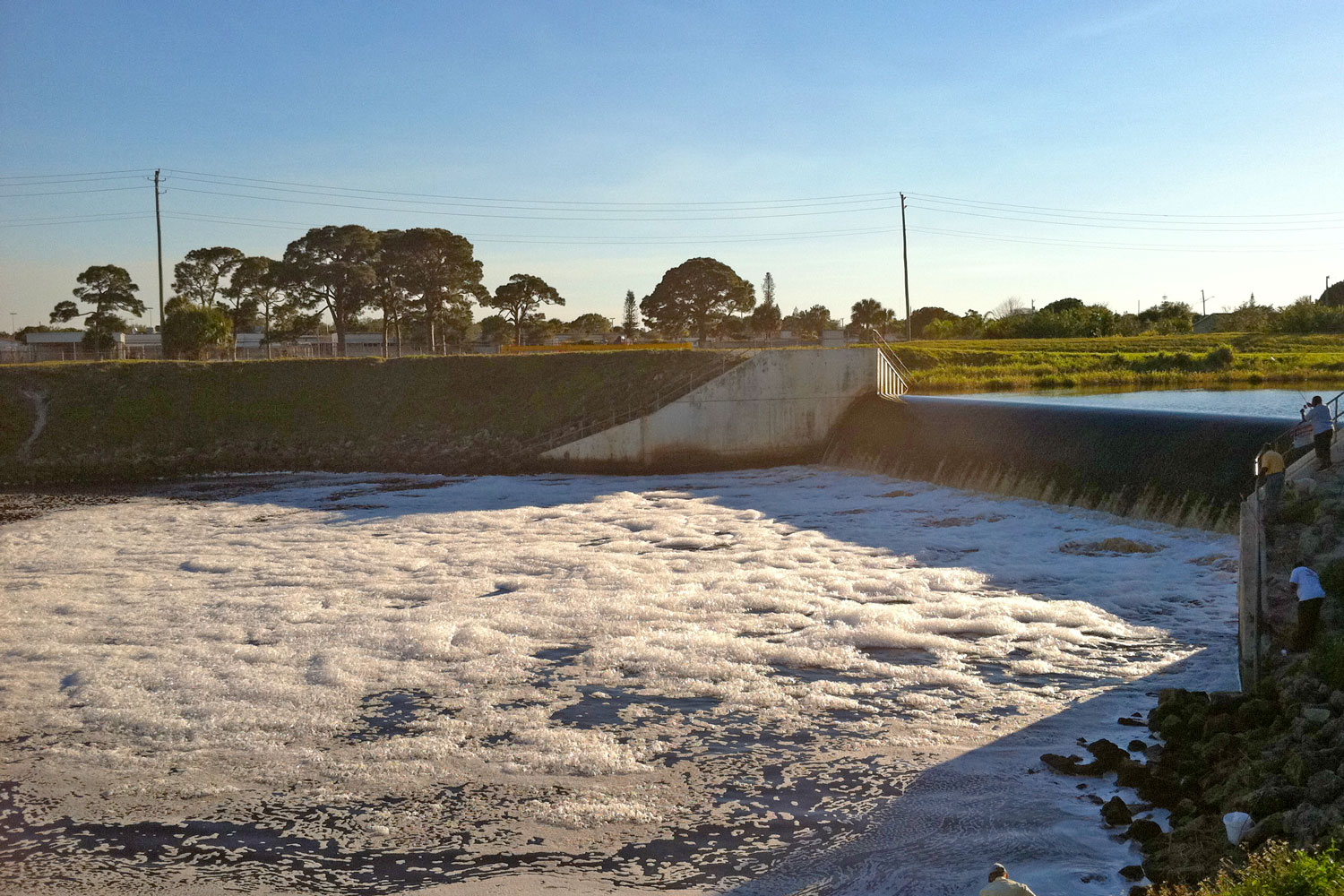
With so much riding on possible solutions, there’s no time to lose, says Dr. Aaron Adams, BTT’s director of science and conservation. “Anglers have to understand that unless we change the way water is managed in Florida, our fisheries could very well disappear.”
So what needs to happen? Natural freshwater flows must be restored immediately. Yesterday’s passage of S.B. 10, introduced by Florida Senators Joe Negron and Rob Bradley, is just one step toward providing 120 billion gallons of storage south of Lake Okeechobee. This would dramatically increase the flow of water to the Everglades, while simultaneously decreasing harmful discharges into the St. Lucie and Caloosahatchee estuaries by nearly 50 percent.
Support and authorization from the Florida Senate represents a significant breakthrough in efforts to restore the Everglades and save our fisheries. But now is not the time to let up; we must keep making our voices heard in order to bring about meaningful change. Ultimately, the fate of our fisheries—and our future days on the water in the sportfishing capital of the world—depends on how well we manage our water going forward.
“It’s pretty simple,” says Adams. “If we don’t fix our water soon, habitat will disappear and fish populations will follow.”
Here’s how you can support solutions for South Florida’s fisheries, even if you don’t live in the Sunshine State:
Learn more about BTT’s Fix Our Water initiative.
Nick Roberts is the membership and communications manager for the Bonefish & Tarpon Trust, one of TRCP’s 52 partner organizations and a leading voice for Everglades restoration.
Theodore Roosevelt’s experiences hunting and fishing certainly fueled his passion for conservation, but it seems that a passion for coffee may have powered his mornings. In fact, Roosevelt’s son once said that his father’s coffee cup was “more in the nature of a bathtub.” TRCP has partnered with Afuera Coffee Co. to bring together his two loves: a strong morning brew and a dedication to conservation. With your purchase, you’ll not only enjoy waking up to the rich aroma of this bolder roast—you’ll be supporting the important work of preserving hunting and fishing opportunities for all.
$4 from each bag is donated to the TRCP, to help continue their efforts of safeguarding critical habitats, productive hunting grounds, and favorite fishing holes for future generations.
Learn More
